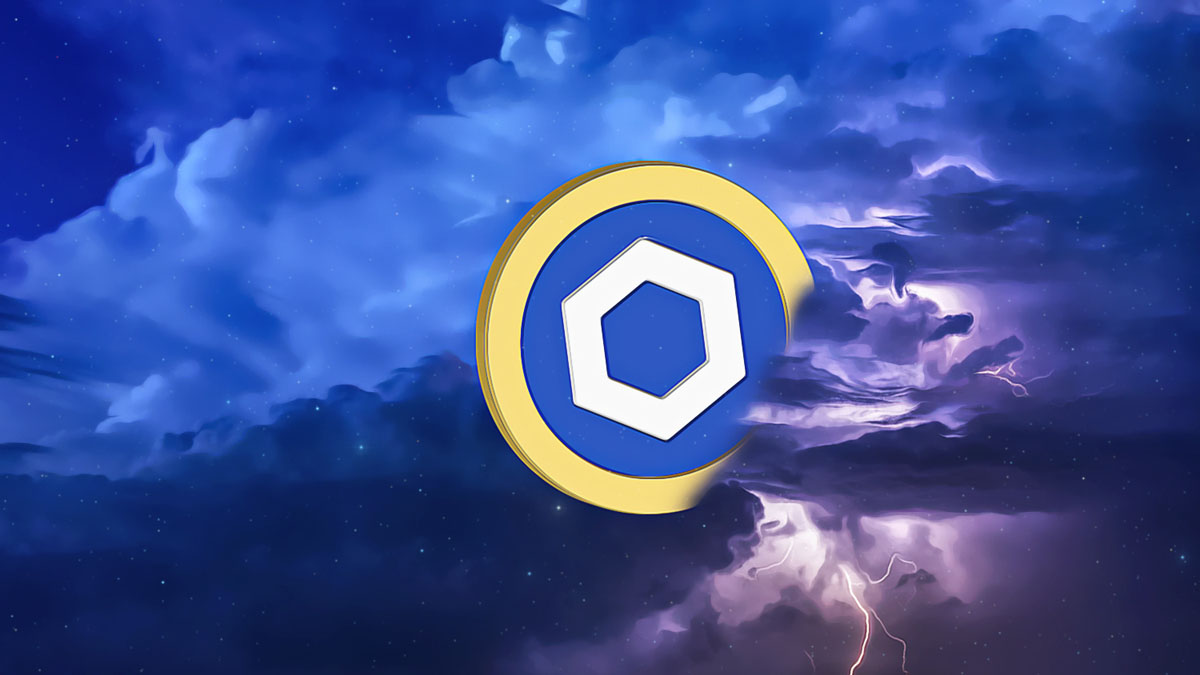Following a recent downturn in altcoin markets, many have started to recover, though losses have not been fully compensated. Bitcoin‘s struggle to maintain strength above $40,000 is causing investor anxiety. Current predictions for Chainlink (LINK) suggest it might be time for investors to consider buying.
Expectations for LINK Coin in the coming year include continued growth in the Real World Assets (RWA) sector, with companies like BlackRock hinting at further tokenization of real-world assets. Additionally, there is anticipation for an expanded LINK staking pool and increased utility for LINK Coin.
Chainlink has solidified its position as a strong representative in the RWA category of crypto initiatives, especially after enhancing its partnership with Swift in October. Its Chainlink Cross-Chain Interoperability Protocol (CCIP) demonstrates its ability to guide institutions in this area. Fundamental factors such as halving, interest rate cuts, and the potential of ETFs to attract broader audiences to crypto also serve as price catalysts for Chainlink.
Analysts have varying predictions for LINK Coin’s price, with Satoshi Flipper expecting a bounce back to $19, while Crypto Tony shares a similar sentiment. On the other hand, Crypto Moose anticipates a drop to $10 or $11 before a rebound. Elliot Wave analysis suggests LINK may be in the fourth wave of an upward movement, potentially leading to a 20% drop to a critical support level of $11.45.
Despite the bearish forecast, a close above $17 could indicate that a local bottom has been formed, potentially leading to a climb towards the next resistance at $19.34. Meanwhile, Bitcoin’s inability to reclaim support at $40,400 keeps the certainty of a market recovery in question.












